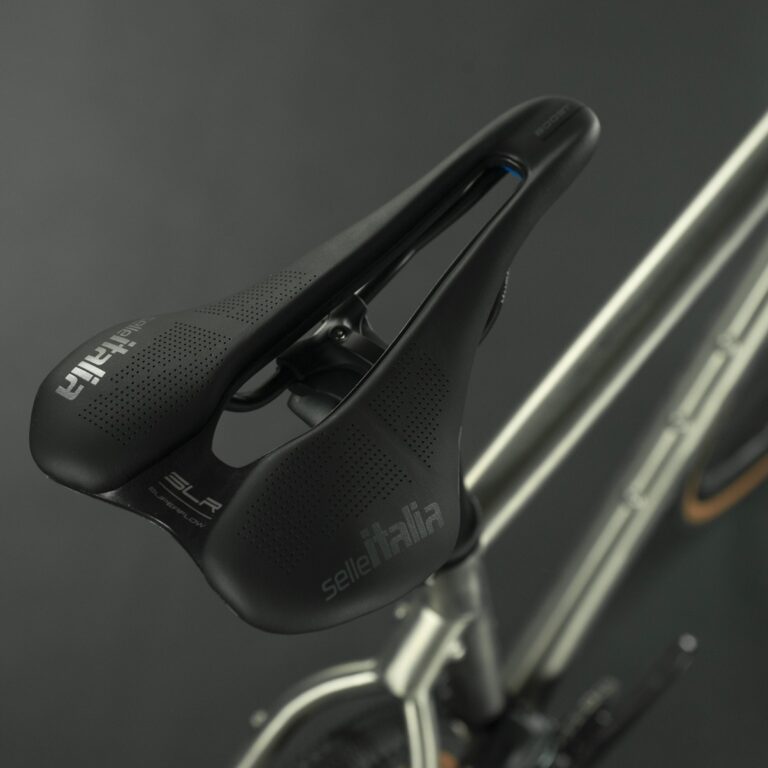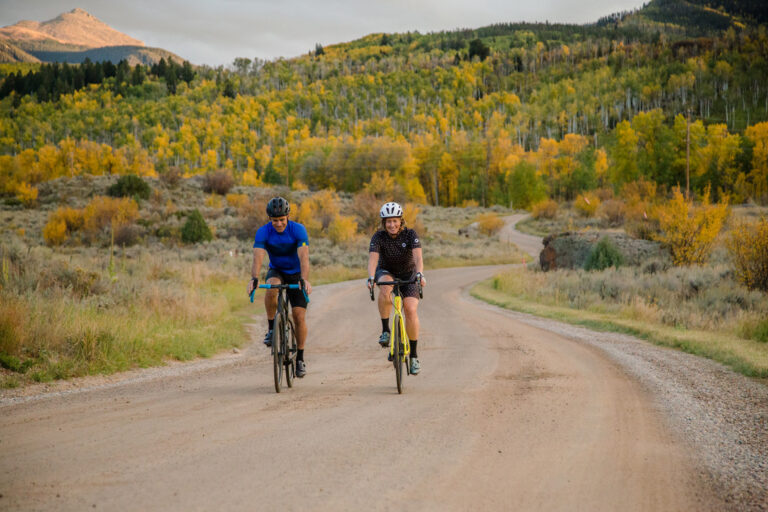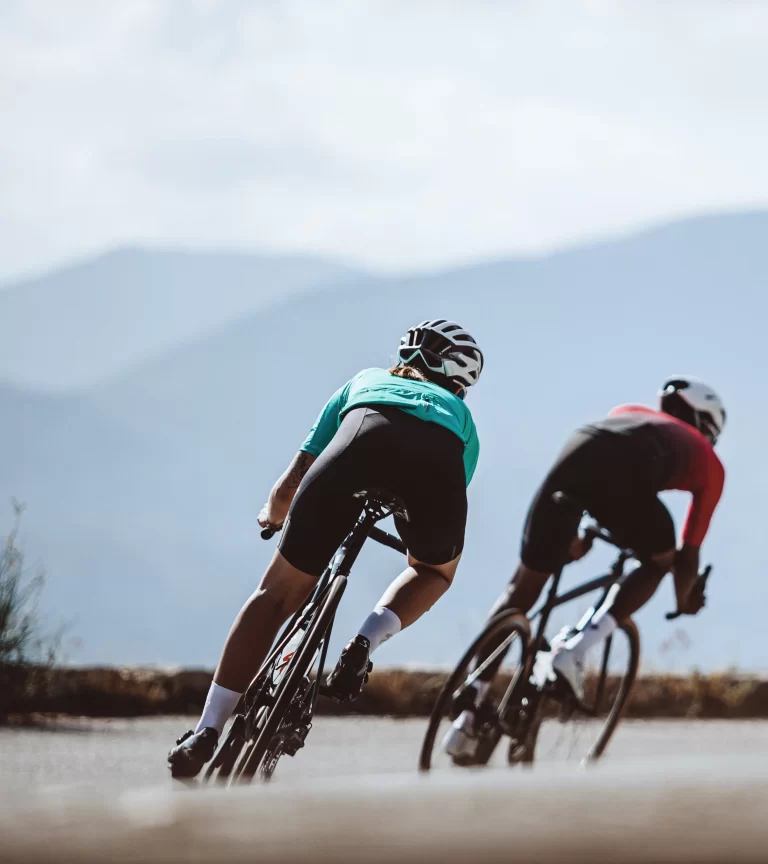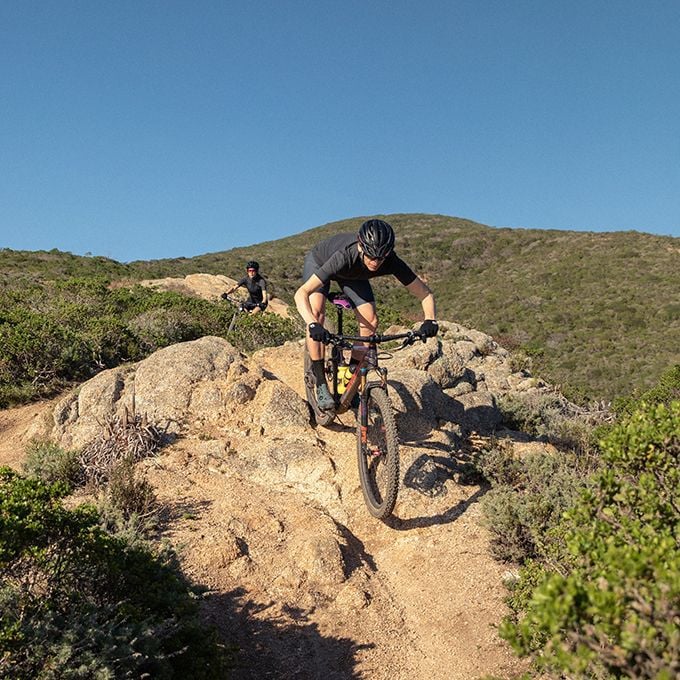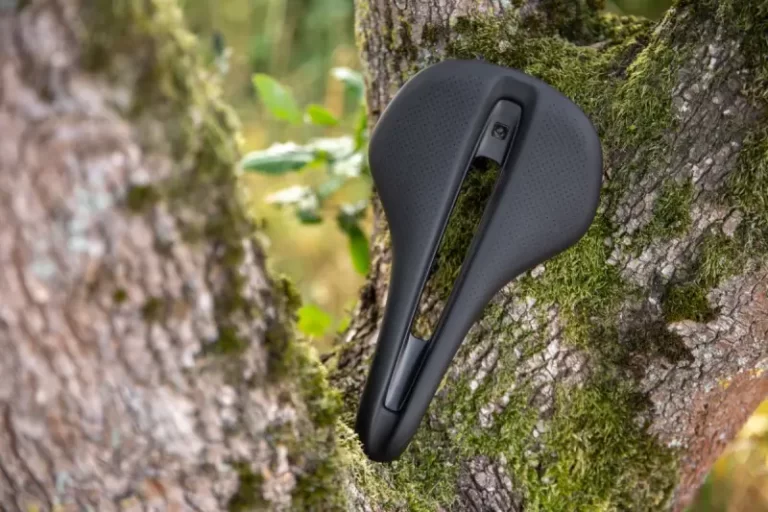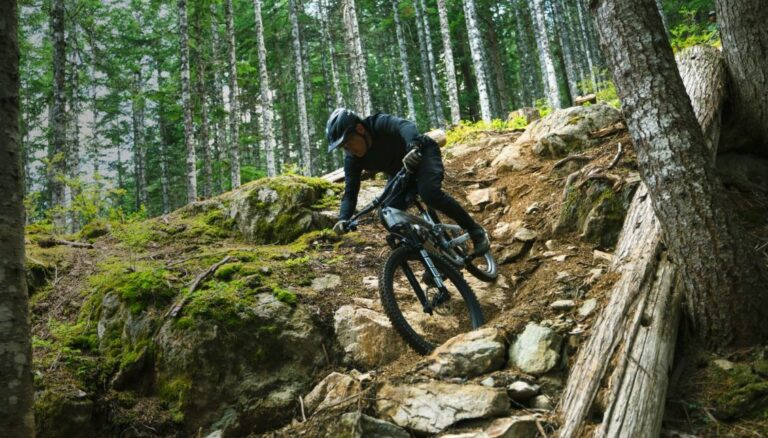The Effect of Gravel Bike Saddle Tilt on Riding Comfort
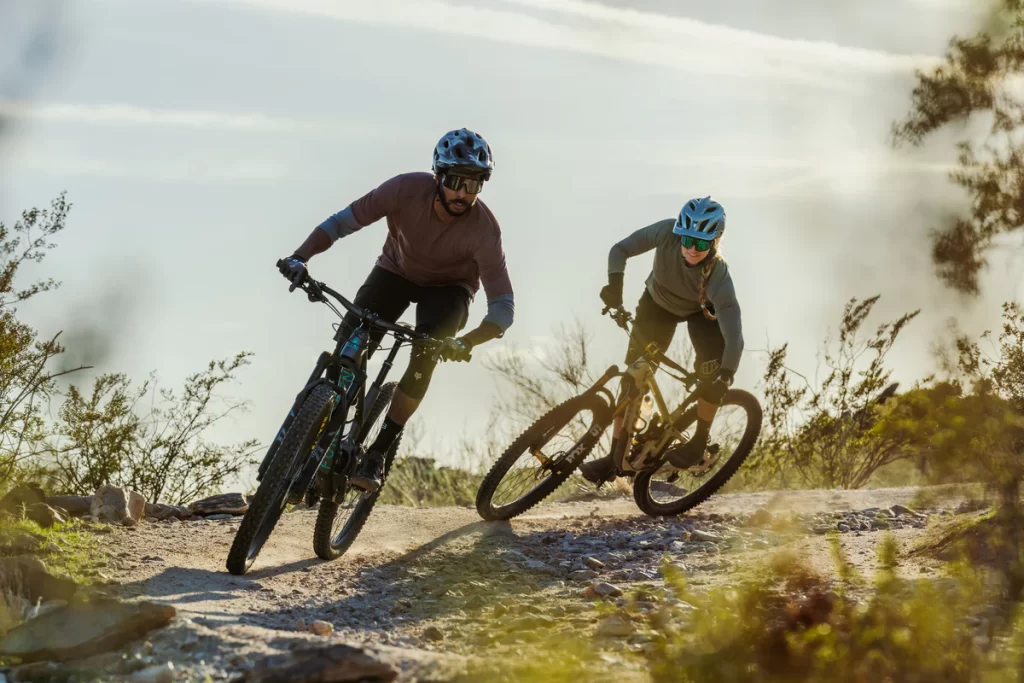
Key Point Summary of The Effect of Gravel Bike Saddle Tilt on Riding Comfort:
- Saddle Tilt’s Impact on Comfort: The angle of your saddle can affect pressure distribution, riding stability, and overall comfort.
- Finding the Ideal Tilt: A slight adjustment can make a world of difference in comfort and efficiency.
- Personalization is Key: Saddle tilt preferences can vary based on riding style, body geometry, and comfort.
- Adjustment Tips: Steps for fine-tuning your saddle tilt for optimal comfort.
In the world of cycling, especially when transitioning from paved roads to the unpredictable terrain of gravel riding, comfort and bike setup play pivotal roles in the overall experience. Among the numerous factors contributing to riding comfort, the tilt of the gravel bike saddle stands out as a crucial yet often overlooked element.
As someone who’s navigated the terrains of mountain biking, gravel grinding, and cyclocross racing, I’ve come to appreciate the subtleties of bike setup and how minor adjustments can lead to significant improvements in comfort and performance. This article aims to shed light on the importance of gravel bike saddle tilt, particularly for beginner to mid-level cyclists looking to enhance their riding experience.
Understanding Saddle Tilt
The tilt of a saddle refers to its angle in relation to the ground. A perfectly horizontal saddle is often the starting point for many riders, but slight adjustments can significantly impact your comfort, especially on the varied terrain encountered in gravel biking. Tilting the nose of the saddle slightly downward can alleviate pressure on sensitive areas, while a slight upward tilt can help maintain stability and prevent sliding forward, especially during uphill climbs.
The Balance Between Comfort and Performance
Finding the right balance in saddle tilt is akin to a delicate dance, where too much or too little tilt can lead to discomfort or inefficiency. A saddle tilted too far forward can increase pressure on your hands and wrists, leading to numbness or fatigue. Conversely, too much upward tilt can increase pressure on the sit bones and soft tissues, causing discomfort or even pain over long distances.

Personalization is Key
There’s no one-size-fits-all when it comes to saddle tilt. The ideal angle depends on individual factors such as body geometry, riding style, and personal comfort preferences. For instance, riders with a more aggressive, forward-leaning position may prefer a slightly downward tilt to reduce pressure on the soft tissues. In contrast, those with a more upright posture might benefit from a neutral or slightly upward tilt to enhance pelvic stability.
Adjustment Tips
Adjusting your saddle tilt is a relatively straightforward process, but it requires patience and attention to detail. Start with small adjustments, no more than a degree or two at a time, and take your bike for a short test ride to assess the impact on comfort and riding efficiency. Pay attention to how your body weight is distributed across the saddle and whether there’s any undue pressure on your hands, feet, or sit bones.
Finding Your Saddle for Comfort
Choosing the best gravel bike saddle depends on a combination of personal comfort, riding style, and the unique demands of gravel riding, which often includes long distances on mixed terrain. Here’s a list of top-rated saddles that are well-regarded for their comfort, durability, and suitability for gravel biking:
- WTB Silverado: The WTB Silverado is a popular choice among cyclists for its streamlined shape and versatile performance, catering to a wide range of riding disciplines, including road, mountain, and gravel biking. Its slender profile and slight rise towards the rear end provide an optimal balance of comfort and efficiency, allowing riders to maintain a powerful position while minimizing pressure points.
- Selle Italia SLR Boost Gravel Superflow: Designed specifically for gravel riding, this saddle combines a lightweight design with a Superflow cutout to reduce pressure on soft tissues, making it ideal for long rides on rough terrain.
- Fabric Scoop Radius Elite: Known for its unique construction and comfort, the Scoop Radius has a more rounded profile, suitable for riders who prefer an upright position. It’s also available in different widths to fit various sit bone measurements.
- Ergon SR Pro: Ergon’s SR Pro is tailored for gravel biking with a focus on reducing pressure on sensitive areas through a carefully designed shape and a central cutout. Its orthopedic foam and a flat profile are suited for dynamic riding positions.
- Specialized Power Expert: The Power Expert is popular for its wide and short design, featuring a large central cutout for pressure relief. It’s designed to support riders in an aggressive position, making it suitable for racing as well as long-distance gravel rides.
- Fizik Terra Argo X3: The Terra Argo X3 is a gravel-specific saddle that provides a supportive, cushioned ride with a short nose and generous cutout to minimize pressure. Its slightly wider rear provides stability on uneven surfaces.
When selecting a gravel bike saddle, consider factors like the saddle’s width, shape, and padding, as well as your personal riding style and anatomy. A saddle that matches your sit bone width and riding position can significantly enhance comfort and performance on gravel rides.

The Role of Saddle Selection
It’s worth noting that saddle tilt adjustments are most effective when paired with a saddle that suits your anatomy and riding style. The shape, width, and padding of the saddle can all influence how adjustments to the tilt affect comfort. Don’t hesitate to try different saddles if adjustments to the tilt don’t resolve discomfort issues.
Wrapping Up
Adjusting the tilt of your gravel bike saddle is a simple yet effective way to enhance riding comfort and efficiency. While it may require some trial and error to find your ideal setup, the effort is well worth the improvement in your riding experience. Remember, comfort is subjective, and what works for one rider may not work for another. By understanding the principles outlined in this article and taking the time to personalize your bike setup, you can enjoy longer, more comfortable rides on your gravel bike.
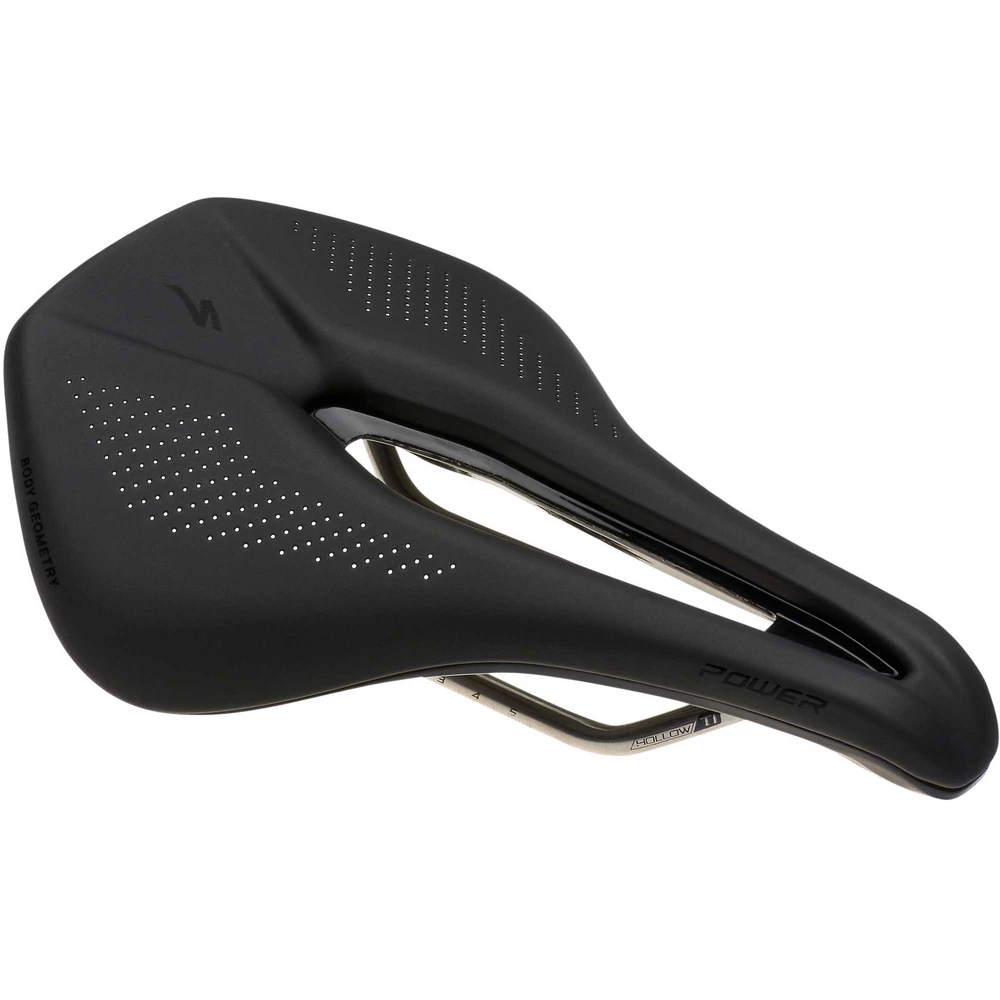
FAQ
Should bike saddles be tilted up or down?
Bike saddles should generally be close to level, with slight adjustments up or down based on personal comfort and riding style. A small downward tilt can relieve pressure on soft tissues, while a slight upward tilt can help with pelvic stability and prevent sliding forward.
What is the effect of saddle tilt?
Saddle tilt affects pressure distribution on the rider’s sit bones and soft tissues, riding stability, and overall comfort. Incorrect tilt can lead to discomfort, numbness, or excessive pressure on hands and wrists.
What is the best saddle position on a gravel bike?
The best saddle position on a gravel bike is one that allows for a comfortable, efficient riding posture. This usually means a level saddle or slightly tilted (no more than a few degrees) to accommodate your riding style, ensuring comfort over varied terrain.
What is the angle of a bike seat for comfort?
The angle of a bike seat for comfort typically ranges from level (0 degrees) to a slight tilt of 1-3 degrees up or down, depending on individual preferences and anatomical considerations to optimize comfort and efficiency.

